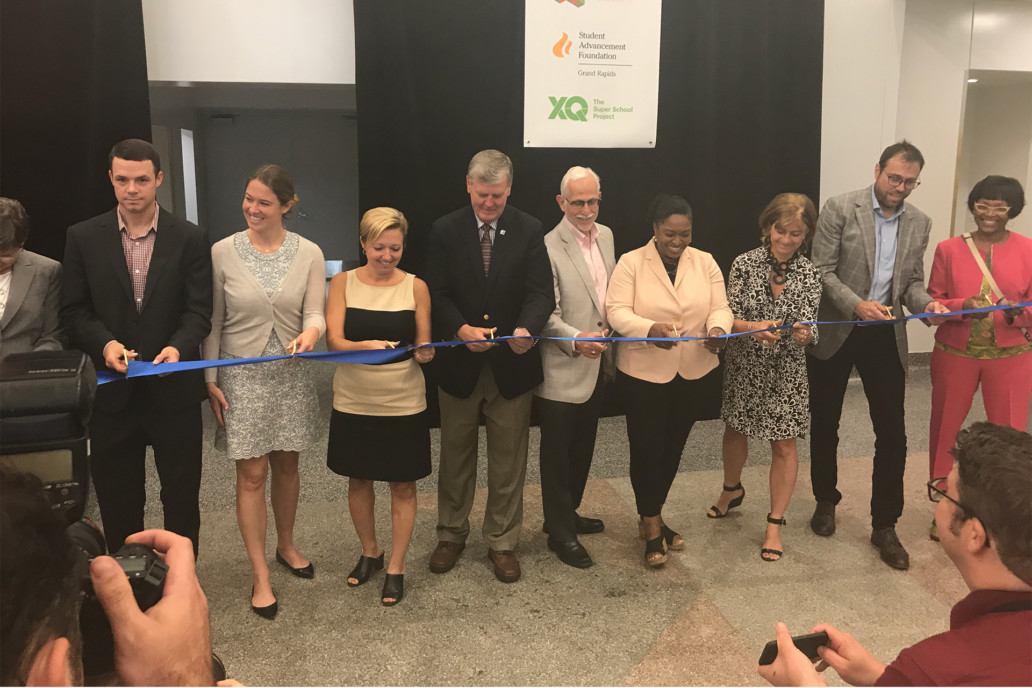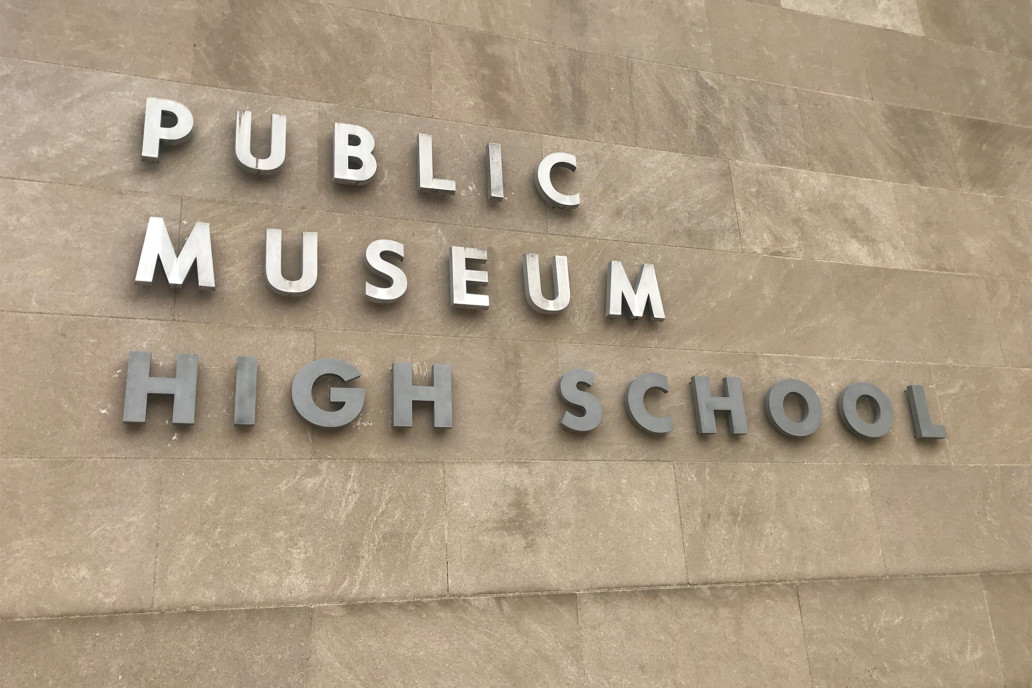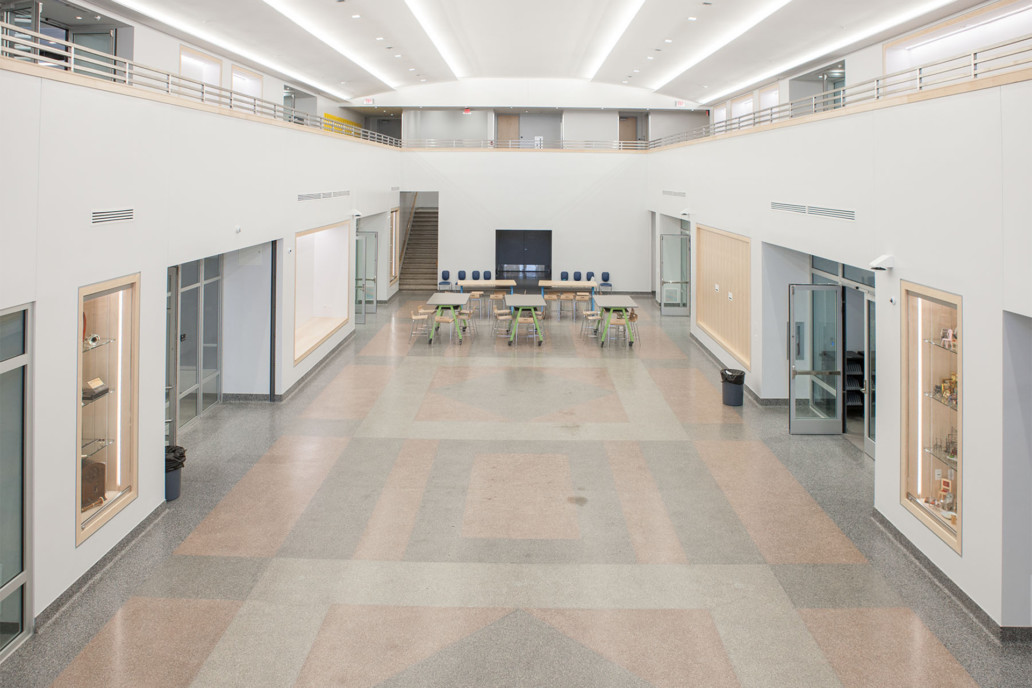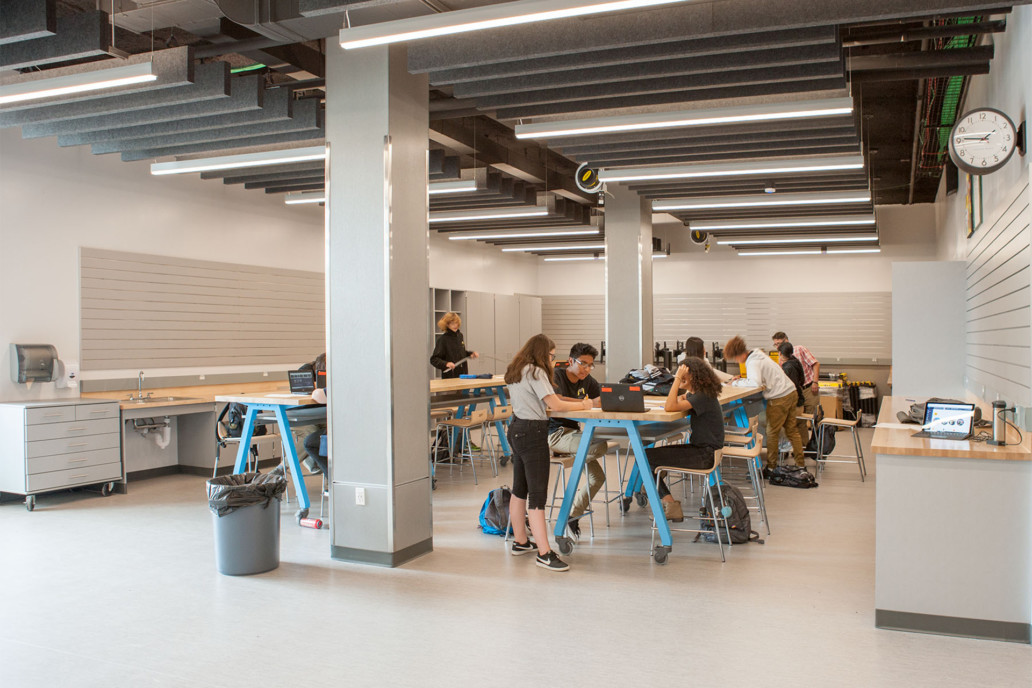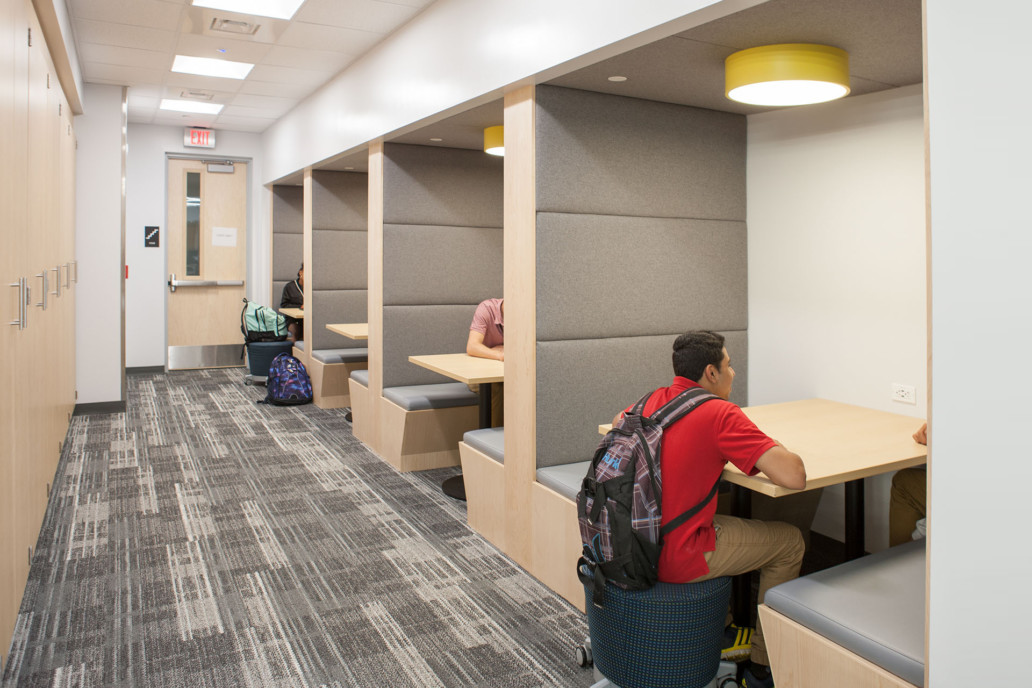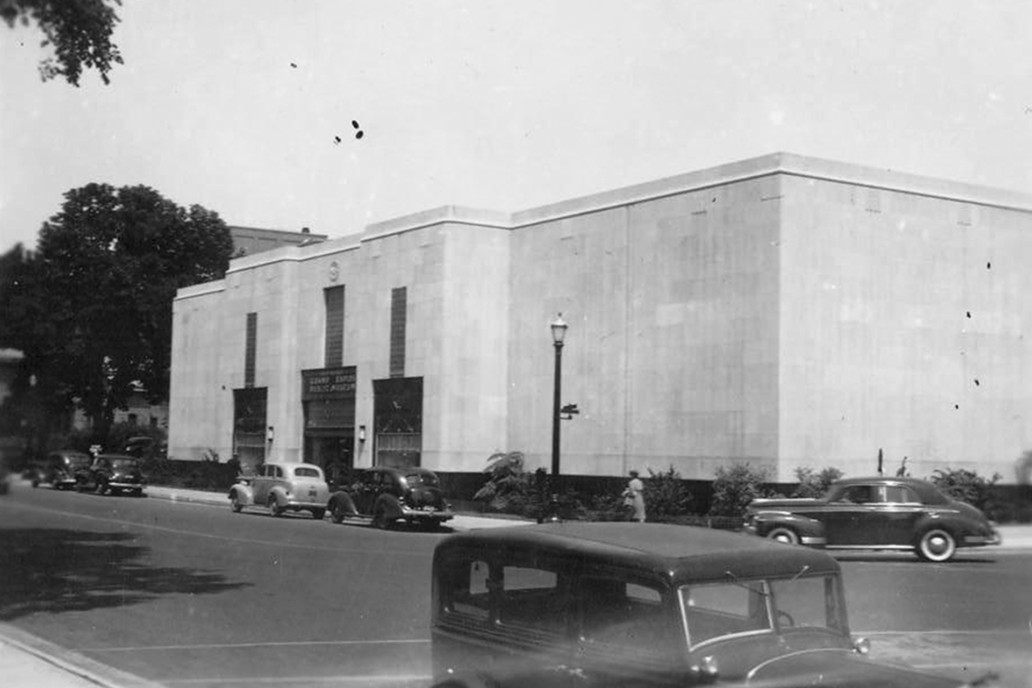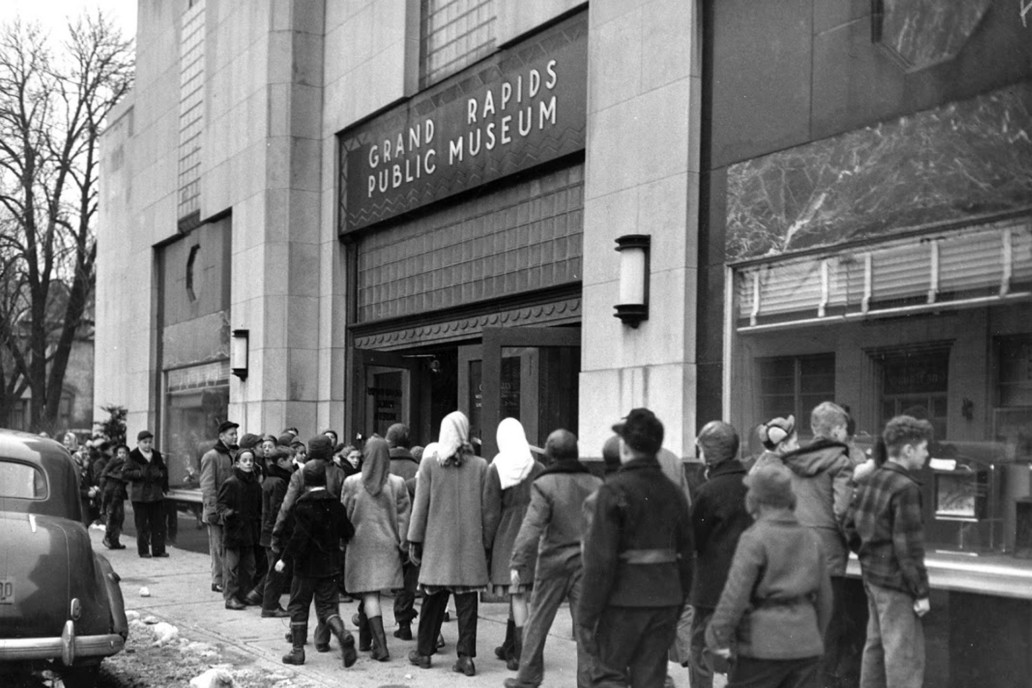Modern Education on Display
Grand Rapids Public Schools Museum High School
From the start of Grand Rapid’s history, museums have played a large role as an educational resource in the community. Dating back to 1854 when the first collections were founded, called the “Cabinets of Curiosities”, Grand Rapids museums have been dedicated to increasing community awareness.
During the Great Depression, with funds from the Federal Government, the first Grand Rapids Public Museum was completed at 54 Jefferson Street in 1940. After many years serving as a public museum and home for the Museum’s entire archive, it officially closed its doors in 1994 and became a storage site.
In 2017 the construction and renovation of the museum into a Grand Rapids Public High School began. This high school will serve 360 students, grades 9th through 12th grades and give students the opportunity to flourish in an immersive learning environment. The Grand Rapids Public Museum High School is one of 10 winners of the national XQ Super School contest. The XQ Super School Project is focused on reimagining public high schools for our nation’s youth. The XQ Super School Project awarded $10 million to the renovations, technology and curriculum improvements for the new school.
Kingscott, Lott3 Metz and Rockford Construction worked to ensure that the historic character and heritage of this building is honored, but still serves students learning in a 21st century environment.
Some of these improvements include: a high-tech computer platform that will present holistic, real-time information, expanding the curriculum so students can work alongside scientists in the Grand River Revitalization project and help develop the Museum’s collection of over 250,000 artifacts. The Great Hall and balcony were preserved and will offer a common space for students and community members.
The school opened with a public ribbon-cutting ceremony on Wednesday, August 15th, 2018. In its inaugural year, the GRPS Museum High School will welcome 90 freshman students. They will use the 250,000 artifacts in the museum as primary sources of information to help connect history, culture, art, science, and other areas of study.

